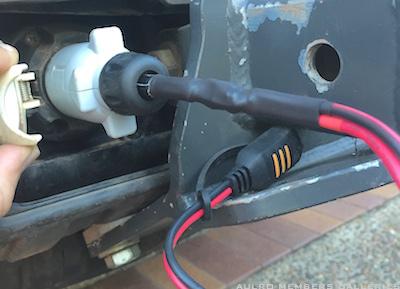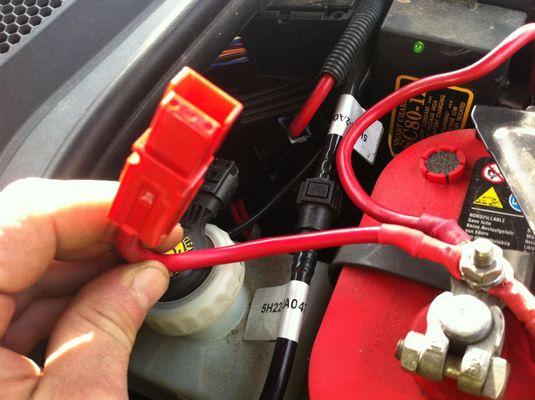
Originally Posted by
drivesafe

Hi Rod and how much later is the auxiliary battery taking before it's voltage drops to the same level as the cranking battery?
BTW I to prefer people to post up questions like this on the forum, for the very same reason you posted. The answer may also be of assistance to others.
The main battery drops to about 12.4 when the door opens and a few seconds later so does the aux. Others here say the USI-160 (which I have) will go down to 12v before disconnecting in shared mode and I'm fine with that, I just wanted to make sure it is working properly. Thanks for all your replies.
Rod
D4 MY16 5 seat TDV6 - LLAMS, Custom Drawers, OL Bar, Toyo Open Country, GOE Rims, Lithium DBS, eDiff, OA Long Range Tank, GAP Tool, Tracklander rack, Mitch Hitch, TPMS & Safari Snorkel




 Reply With Quote
Reply With Quote


 MY14D4HSE, Nara Bronze, E-Diff, Vision Assist, Surround Cameras, LLAMS, ProSpeed Sliders/Compressor plate, Mitch Hitch,
MY14D4HSE, Nara Bronze, E-Diff, Vision Assist, Surround Cameras, LLAMS, ProSpeed Sliders/Compressor plate, Mitch Hitch,

Bookmarks